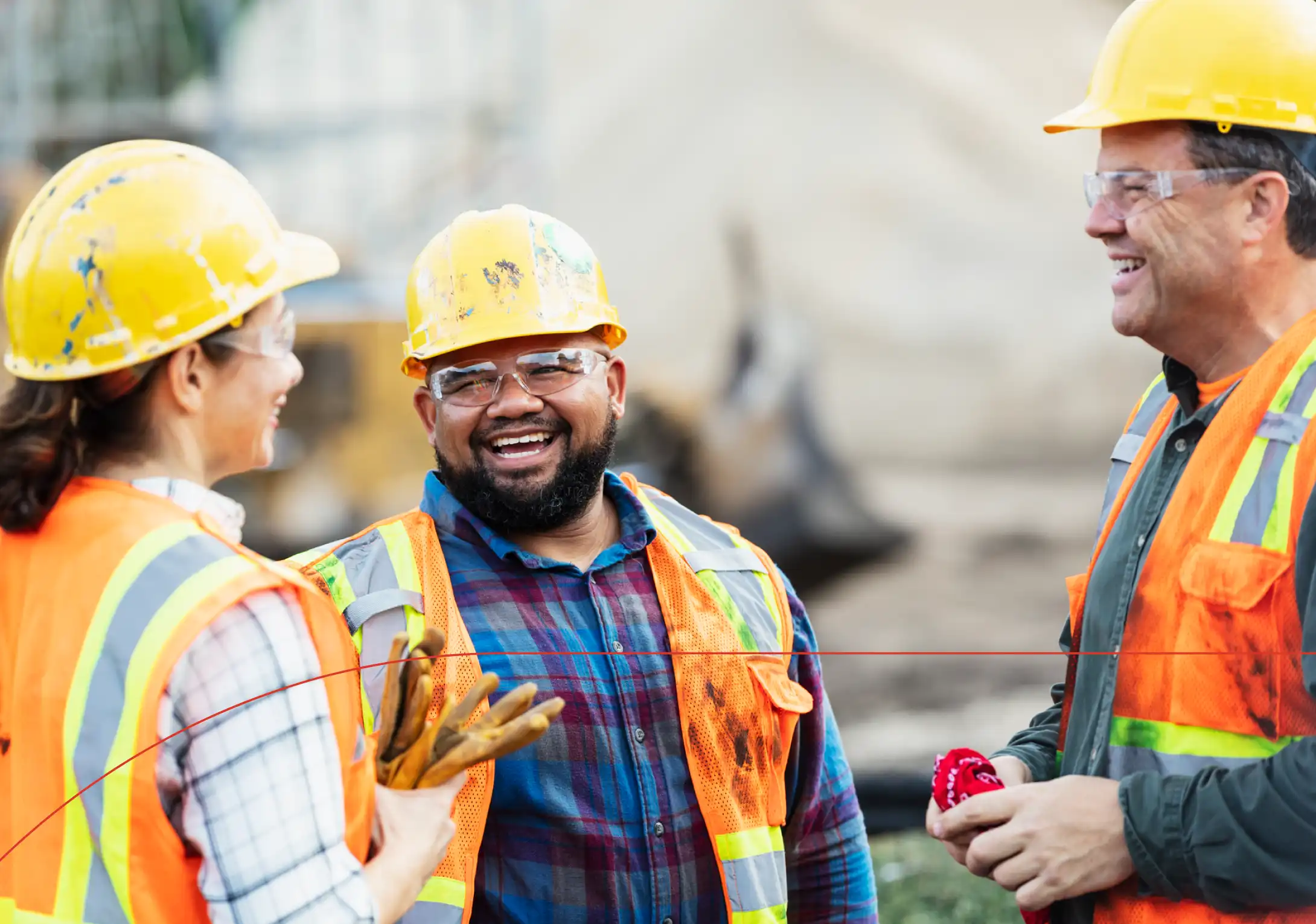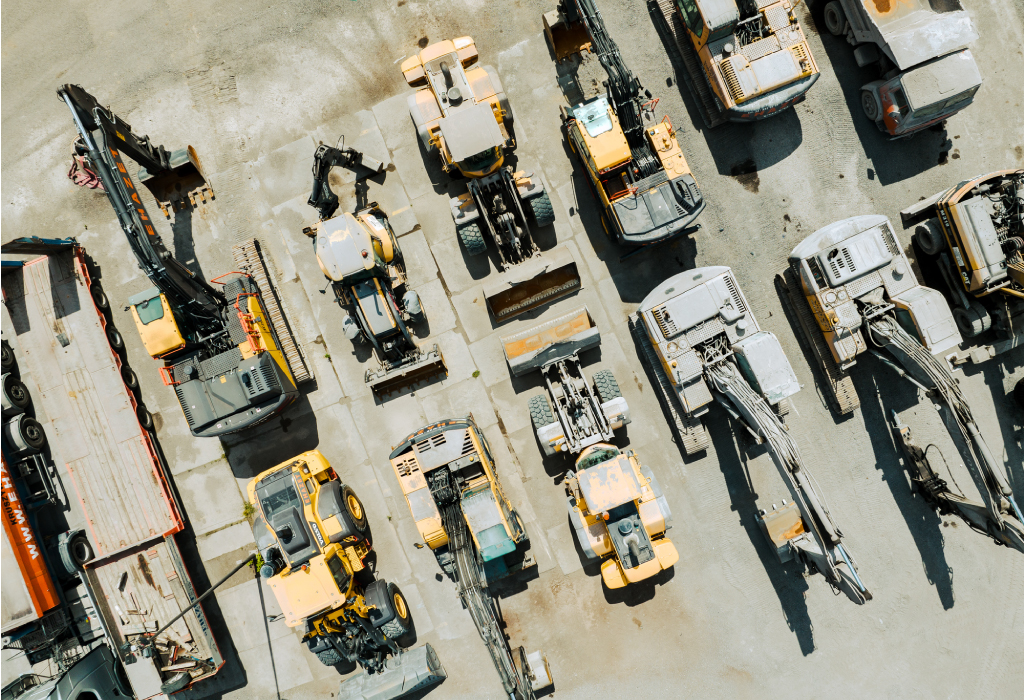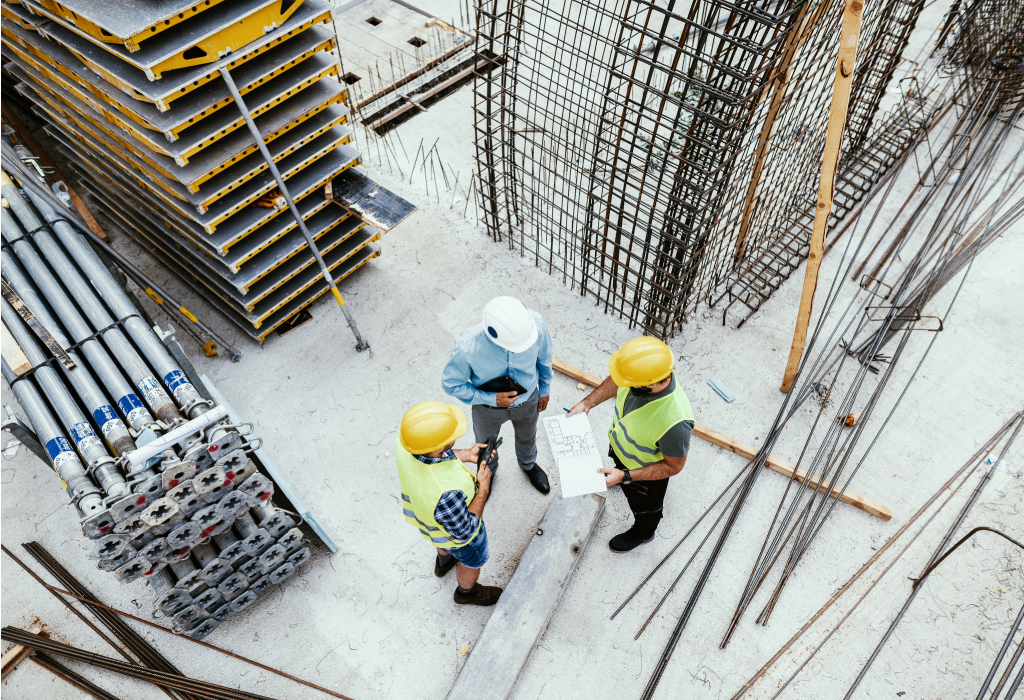Building a Strong Foundation: Choosing the Right Construction Insurance Coverage

In the construction industry, risk is a constant companion. Unlike a misplaced hammer, unmanaged risks in construction projects can lead to severe consequences that businesses can’t quickly rectify. Imagine critical machinery breaking down, delaying your construction project, or worse, an accident on site leading to hefty lawsuits. These hazards aren’t just hypothetical but daily realities that construction businesses face. Construction insurance is a must when a single mishap can lead to devastating financial losses.

Understanding the different types of construction insurance
Now, construction insurance isn’t a one-size-fits-all solution. It comprises various policies designed to address specific risks associated with projects. And like a well-stocked toolbox, your insurance portfolio should be comprehensive. In the following sections, we’ll break down the most common types of policies, highlighting their importance.
Property, liability and workers’ compensation
At its core, construction insurance covers three major areas: property, liability and workers’ compensation. Property insurance protects against damage to your own assets, including tools, equipment and buildings. Liability insurance covers claims arising from injuries or property damage to third parties, and workers’ compensation provides coverage for employees injured on the job.
Specialized coverage types
Beyond the basic trifecta of property, liability and workers’ compensation insurance, specialized coverage types cater to the specific needs of your projects.
■ Builder’s risk/Course of construction: This insurance is pivotal during the construction phase. It covers the project from perils such as water damage, fire, theft and vandalism while construction is in progress and until it has been accepted by the owner. For example, if a partially constructed building is damaged, the builder’s risk insurance can cover repairs or rebuilding costs. This coverage is a must-have, particularly for projects with extended construction timelines.
■ Auto liability and physical damage: Since construction often involves transporting tools and equipment, commercial auto insurance is important. It covers damages if your company vehicle is involved in an accident. On the other hand, damage coverage takes care of repairs to your vehicles from non-collision incidents, like vandalism or weather damage.
■ Equipment insurance: This includes several types, such as Equipment Breakdown, Contractor’s Equipment and Lease, Rented & Borrowed Equipment coverage. These policies cover repairing or replacing damaged or stolen goods, a common issue in construction sites. National Equipment Register (NER) reported job site thefts caused a loss of more than $4 million in just one week in 2023.
■ Environmental/Pollution liability: This policy is becoming more critical with increasing environmental regulations and contractual obligations. It protects your business from claims related to pollution caused by your construction activities, like soil or water contamination by hazardous waste.
■ Cyber insurance: Often overlooked in the construction sector, cyber insurance is increasingly important due to the rise of digital construction project management tools and online transactions. Cyber policies cover the losses incurred from cyberattacks and data breaches.
Let’s look at a real-world example to understand the impact better. In 2013, Target suffered a massive data breach that began with a phishing attack on a third-party contractor, Fazio Mechanical Services. Fazio had remote access to Target’s network for billing and management tasks. The attackers sent malware-laden emails to Fazio, stealing login credentials and gaining access to Target’s network. Unfortunately, Fazio lacked essential cybersecurity measures like malware detection software, and the malware went unnoticed for days, causing significant damage.
■ Executive risk: This umbrella term covers various liabilities at the management level. Directors and Officers Liability protects your executives from personal losses if they are sued for wrongdoing in managing the company. Contractor’s Professional Liability covers financial losses due to professional errors or omissions. Owners & Contractors’ Protective Liability is for specific projects, covering liabilities arising from the operations of general contractors or subcontractors. Employment Practices Liability shields against employee-related claims like discrimination, while Fiduciary Liability protects those managing employee benefit plans.
Construction group captive
A group captive is an insurance strategy that lets business owners be more involved in their insurance policies, especially for workers’ compensation and auto and general liability.
But what does it actually mean?
Well, it’s like an insurance company owned by the companies it insures. These members share in the group’s loss exposure to some extent. They can benefit from the captive’s investment and underwriting profits if they manage their losses well.
This strategy is great for medium to large construction firms. It gives them more control over their insurance policies, so they can customize them and manage issues proactively.
Joining a group captive requires a firm commitment and a good understanding of risk management. It’s not suitable for everyone, and smaller companies or those with low-risk exposure might not find it the best option.

Determining the right level of coverage for your business
Figuring out the right coverage for your business can feel tricky. But here’s an easy way to think about it:
- Look at your peers: Start by observing what similar companies in your field are doing. Benchmarking gives you an idea of the industry standard and helps ensure your coverage is on par.
- Assess your company’s value: Think about how much your company is worth. Your insurance should cover enough to safeguard your assets if something goes wrong.
- Review your contracts: Pay extra attention to your contracts for specific insurance requirements. Align your insurance with these needs, but also consider the broader risks to your business. It’s all about finding that sweet spot—enough coverage to sleep well at night but not so much that it’s weighing down your budget.
Implementing proactive measures to mitigate claims
Risk management is more than just buying insurance. It’s about taking steps to prevent issues before they happen.
Let’s start with the Experience Modification Rate (EMR), which the insurance industry uses to measure a construction business’s exposure based on their claims history. Keep an eye on your EMR. If it’s high, find out why. Is it due to poor safety practices, not enough training or certain kinds of incidents? Knowing the reasons helps you make the right changes and potentially improve your construction insurance cost.
Because safety at work is a must, foster a culture that focuses on preventing accidents. Regularly check and audit your safety measures. Train your staff on prevention practices and keep them informed about potential dangers. Also, always stay updated with the latest safety standards and regulations by OSHA. By following safety protocols, you can ensure a secure workplace, protect contractors, and demonstrate to your clients that you are a reliable contractor.
Managing challenges isn’t limited to your team or job site either. It also means being smart in how you work with others, like subcontractors. Have clear contracts that outline everyone’s roles and responsibilities. Make sure your subcontractors are insured and understand their role in reducing risks. Solid agreements can protect your business from liabilities related to third parties.
By creating a workplace where talking about safety and managing risks is just part of the normal day-to-day, you can reduce the likelihood and impact of claims and positively affect the overall health of your business.
Building confidence with the right construction insurance
You already have to have insurance but choosing the right construction insurance is a strategic decision that goes hand in hand with fostering a culture of safety and awareness. By customizing your coverage to meet the unique challenges of your jobs, you’re not just protecting your assets, you’re ensuring the stability and longevity of your business.
Remember, insurance is a tool for managing risk, but it’s most effective when combined with proactive safety management strategies. Integrating these practices onto your job sites can significantly reduce the likelihood of accidents and bolster your reputation as a conscientious and responsible contractor.
At Crane Agency, we understand the complexities construction companies face and are here to provide guidance and support. If you have questions or need advice on tailoring an insurance strategy to your business’s specific needs, feel free to reach out. We’re here to help you build a secure and prosperous future for your construction business.

